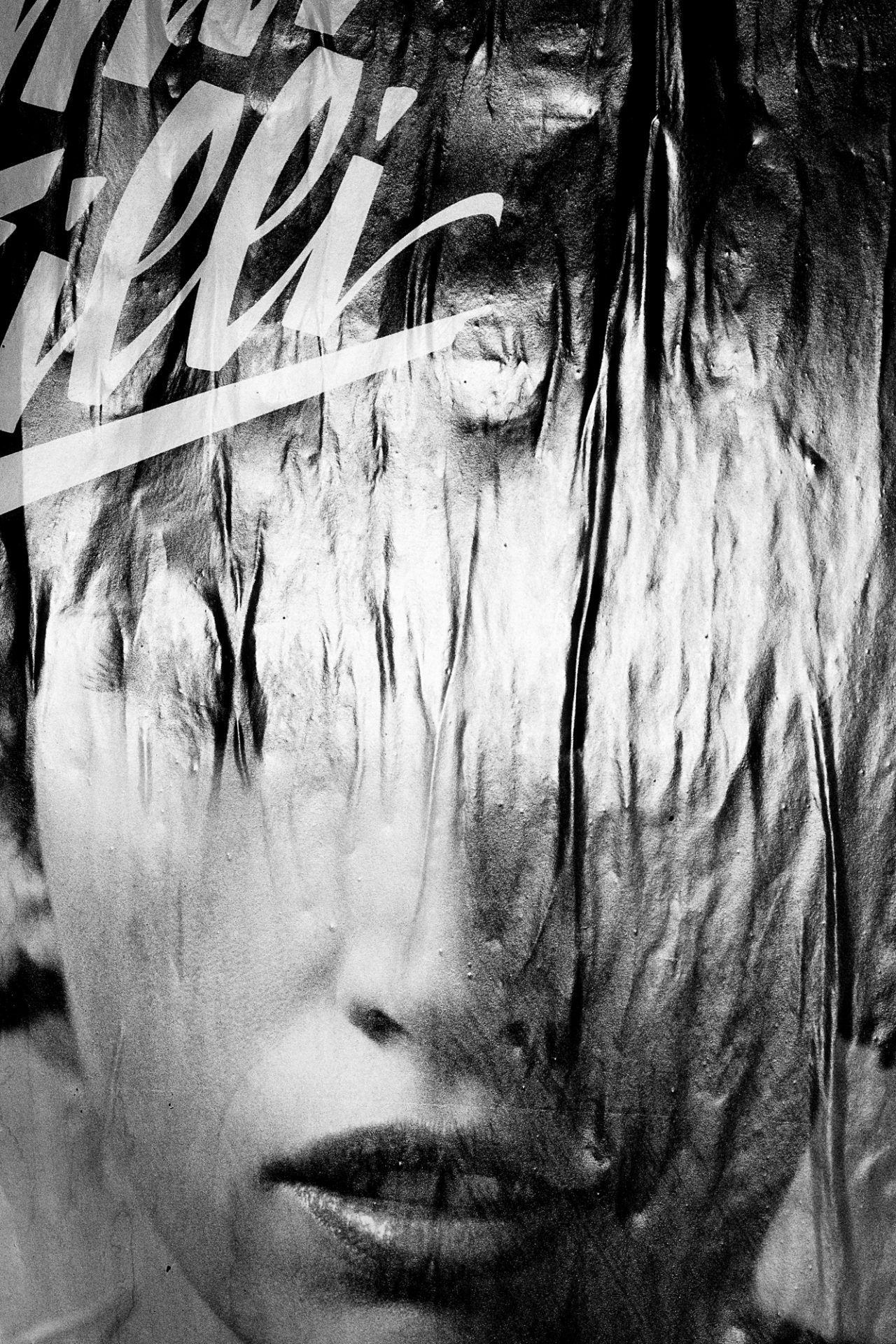Born in Philadelphia, Pennsylvania, George E. Holroyd III is an autodidact. In 2009, he moved to Europe and shortly thereafter, began visually documenting his time abroad.
This early experimentation turned from casual observation to introspection, prompting a more thorough exploration of the world around him. In parallel with this, a neurological disorder he’s had since childhood grew worse, forcing him to accommodate a debilitating tremor. In 2012, Holroyd moved to Paris, France, where he began to investigate the notion of home, incorporating the use of blur in his photography for the first time.
Can you tell us a little about yourself?
I’m an American artist who currently resides in Hungary. For the past several years I’ve lived and photographed in Europe with my wife, Sarah.
How did you get interested in photography?
Not long after I moved to Europe, I turned to photography as a means of documentation. As time went on, I found that I enjoyed using photography as a means of exploring my personal experiences, rather than simply recording events.
Do you artist/photographer inspired your art?
Too many to list.
Could you please tell us anything about your technique and creating process?
I’m currently engaged in developing a personal documentary. My process is becoming more intuitive over time, in that I tend not to plan photos, preferring to wait until I’m moved to bring the camera to my eye. Later, in post-production, I consider the photos I’ve taken as one might consider elements in a story, weeding out redundant or perhaps unnecessary passages. Editing is therefore, a very important part of my process.
Describe your ideal photographic situation
Emptiness, the kind that allows me to forget myself long enough to see the moment for what it is.
How much preparation do you put into taking a photograph?
Very little on the capture side. However, I will re-visit places that I’ve taken a photo, when possible in order to try again. I am also very reluctant to discard photos, preferring to return to them often as I continue to develop my body of work.
What’s your useable-to-unusable ratio when you review images from a shoot?
Very few of the photos I take make it into my portfolio. That is not to say that I shoot indiscriminately.
What quick advice do you have for someone who wants to improve his or her photography skills?
Stop listening to other people’s advice. You are the only person who can determine what good art is to you.
From time to time many photographers find themselves in a creative rut or uninspired to shoot. Does this ever happen to you and if so how do you overcome these phases?
I don’t try to overcome periods of inactivity. For me, it is natural for my creativity to wax and wane over time.
What future plans do you have? What projects would you like to accomplish?
To continue traveling and building my current body of work. [Official Website][dodho magazine]













One comment
Janssens serge
Dec 21, 2013 at 21:43
La première des facultés ,pour être considérer comme un photographe ,est de voir ce q’un citoyen normalement constituer ,passerait devant le sujet de nombreuses fois ne s’en serait même pas aperçut . George lui avait le flair et l’oeil photographique ! Serge Janssens
Comments are closed.